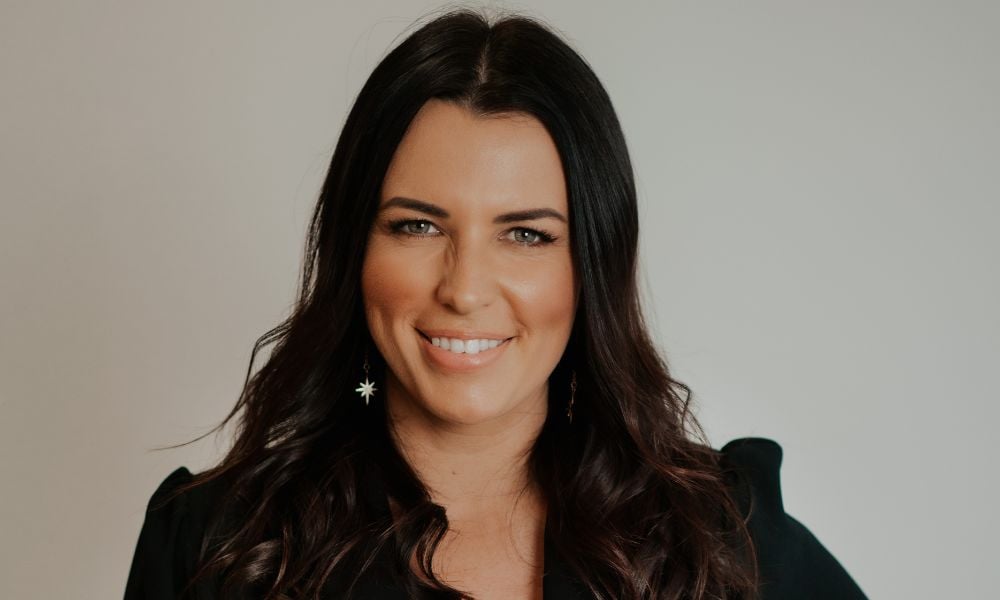Sense of urgency evident before election, says adviser

The latest Reserve Bank of New Zealand figures show that the value of new residential mortgage lending is only slightly above the same time last year, but down by 10% month-on-month.
First home buyers represented 24.1% of the share of new loan commitments over the September month, up from 23.7% in August, having increased from 20.7% the same time last year.
April Hastilow (pictured above), mortgage adviser at OPES Mortgages, said that in the month leading up to the New Zealand election, first home buyers were becoming “a lot more aggressive” and had since strengthened.
“I had a dozen pre-approvals that had been in place for around a year, and almost all have bought something in the last month,” Hastilow said. “I think they had a sense of urgency to get in now so were willing to put in higher offers than they perhaps otherwise would.”
Reserve Bank (RBNZ) new residential mortgage lending figures for September show that new mortgage commitments reached $5.2 billion, up 1.2% compared to September 2022, down 10.2% from $5.8bn in August 2023.
September marks the second month that the value of new mortgage commitments has risen annually since August 2021.
Hastilow said that lending volumes within OPES Mortgages were holding “very steady”.
“Volume [is] spread over investors, first home buyers and a resurgence of upgraders – this is going to prove tough however with the increase in auctions we are seeing meaning they need to be able to bridge in many cases to get the funding,” she said.
Uplift in first home buyer activity continues
Lending to first home buyers reached $1.25bn, down from $1.36bn in August.
According to RBNZ figures, entry-level buyers represented almost one quarter (24.1%) of new mortgage commitments in September, up from 20.7% in September 2022.
Investor lending reached $894m, up 10.5% year-on-year, investors holding 17.2% share of new mortgage commitments over the month.
Lending to ‘other owner occupiers’ (people other than first home buyers who own or are in the process of buying or building a house or flat they will live in), reached $2.96bn, down 7.5% year-on-year. This buyer group represented 57.1% of new commitments, down month-on-month and year-on-year.
Bank policy changes encouraging for investors, lending
Hastilow said that bank policy changes around the treatment of existing rental property income were promising for investors and were helping to “ease the strain” of higher test rates and other deductions placed on applications.
Recent property events held by OPES Partners throughout the country had sold out and enquiry from investors “remains strong”.
Promises made by the incoming National government, including a windback of the CCCFA, are viewed by the industry as positive. Hawkes Bay Property Investors Federation president Sharon Cullwick said in October that restoration of interest deductibility on rental properties was a “significant win” for property investors.
Commenting on enquiry levels and lending activity overall, Hastilow said that OPES Mortgages had experienced “exponential growth” year-on-year.
“Our pipelines have remained strong with turn keys due for settlement and new enquiry,” she said.
Total lending for housing reached $352.5bn in September, up from $351.6bn in August.
RBNZ September figures showed that the average new loan value across all borrower types fell to $347,000 (down from $362,500 in August). The average value for first home buyers rose by 1.8% month-on-month, while the average value for the other two buyer groups fell.
The value of top-ups fell 13.2% year-on-year. Property purchases rose by 3.7% and changes in loan provider rose by 17.7%.
What new lending trends are you seeing within your business? Share your thoughts in the comments section below.



